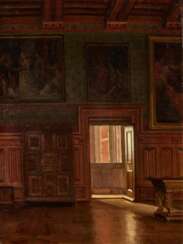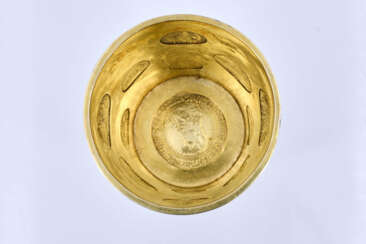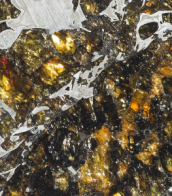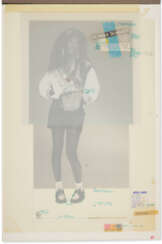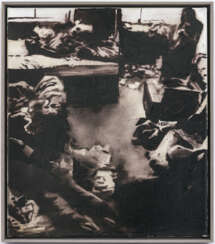interior

Valerii Nikolaevich Koshliakov (Russian: Валерий Николаевич Кошляков) is a Russian painter, graphic artist, author of installations, lives and works in Germany, France and Moscow.
He studied at the Rostov Grekov Art School. Koshliakov works mainly with images of architecture, which in his works appears as a memory of the former greatness. The artist uses canvas, paper, kraft, but most often cardboard, pieces of which make up huge canvases and entire installations. On this basis with diluted colors he creates a very light, yet monumental painting, which imbues the material with a web of sweat, reflecting the author's unique vision.
The works of this successful artist are in the collections of the world's major museums, including the Tretyakov Gallery, the Guggenheim Museums in New York and Bilbao.



Arnaldo Pomodoro is an Italian sculptor. He was born in Morciano, Romagna, and lives and works in Milan. His brother, Giò Pomodoro (1930-2002) was also a sculptor.
Pomodoro designed a controversial fiberglass crucifix for the Cathedral of St. John the Evangelist in Milwaukee, Wisconsin. The piece is topped with a fourteen-foot diameter crown of thorns which hovers over the figure of Christ.


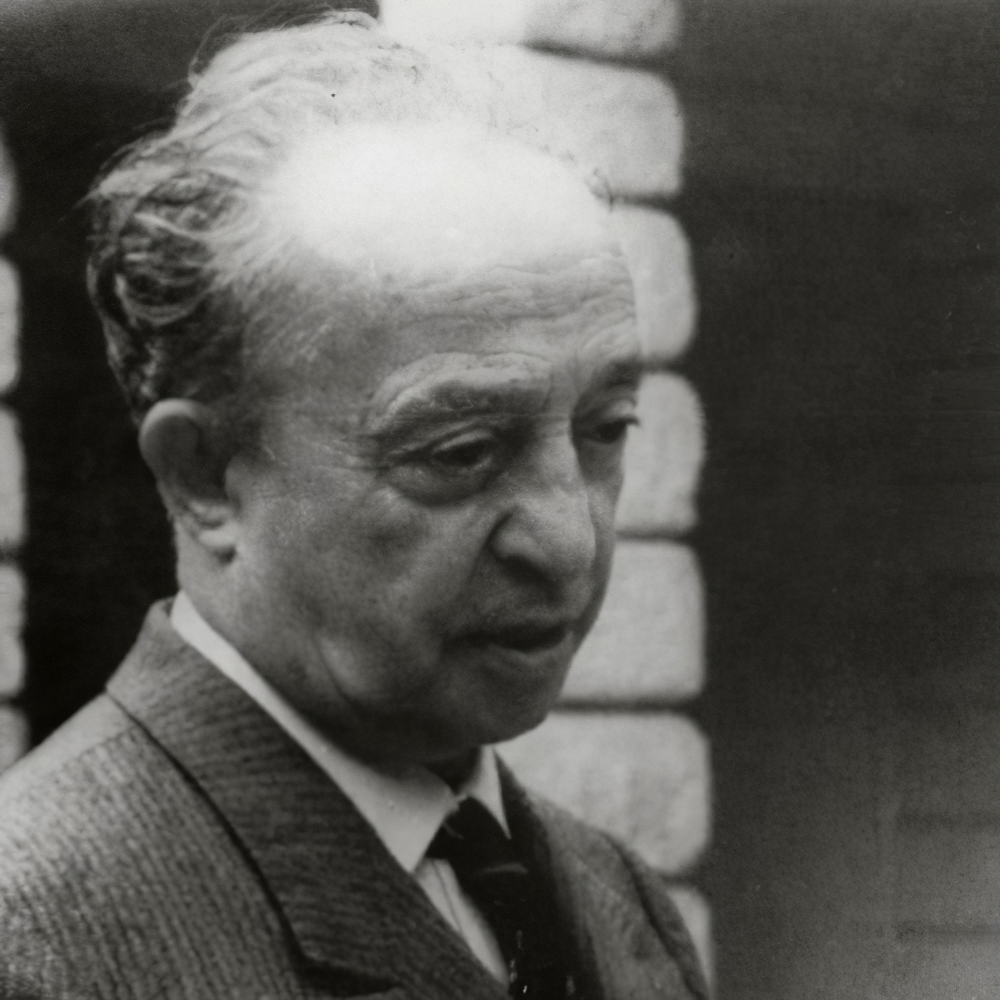
Tomaso Buzzi was an Italian architect and designer.
He also worked as a furniture and glass designer and wrote articles in Domus and Dedalo. Buzzi's slow departure from modernism accentuated after 1945, when he worked mainly as a private architect for the Italian aristocracy and the big bourgeoisie of the Volpi, Agnelli, etc.
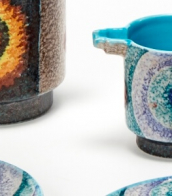



Vasily Ivanovich Shukhaev (Russian: Василий Иванович Шухаев) was a multifaceted Russian and Soviet artist, celebrated for his expertise as a painter, graphic artist, stage designer, and teacher. Born in Moscow in 1887, Shukhaev's artistic journey began at the Imperial Stroganov School of Industrial Art, where he was under the tutelage of prominent artists like K. A. Korovin and I. I. Nivinsky. His education continued at the St. Petersburg Academy of Arts, which paved the way for his diverse and influential career. Shukhaev's body of work is vast, encompassing hundreds of paintings, drawings, theater sketches, book illustrations, and monumental works, showcasing a deep engagement with genre paintings, still lifes, landscapes, and portraits.
Shukhaev's legacy includes a significant period of creativity and teaching in Paris in the early 20th century, after leaving Russia post-October Revolution. His Parisian phase was marked by innovative book illustrations for renowned literary works by Pushkin, Gogol, Dostoevsky, and others, demonstrating his unique ability to blend literary themes with visual artistry. Notably, his illustrations for Pushkin's "Queen of Spades" and "Boris Godunov" stood out for their stylistic nod to vintage prints and the emblematic use of symbols.
His art has been celebrated in various international exhibitions and is held in high regard by collectors and museums alike. Works such as "The Reigning Monarchs of the World" (1934), a group caricature published in Vanity Fair, reflect Shukhaev's versatile style and ability to capture the essence of his subjects with a mix of reverence and subtle critique.
For art collectors and enthusiasts interested in Russian and Soviet art, Vasily Ivanovich Shukhaev's oeuvre represents a bridge between classical traditions and modern artistic expressions. His work continues to captivate audiences with its historical depth, technical brilliance, and emotive power.
If you're keen on exploring more about Vasily Ivanovich Shukhaev's works or wish to stay updated on sales and auction events featuring his art, signing up for updates is a step towards immersing yourself in the rich tapestry of Russian art history.


Antoni Tàpies i Puig, 1st Marquess of Tàpies was a Catalan Spanish painter, sculptor and art theorist, who became one of the most famous European artists of his generation.






Kuzma Sergeyevich Petrov-Vodkin (Russian: Кузьма Сергеевич Петров-Водкин), a Russian painter, synthesized various traditions of global art, crafting a unique and deeply personal visual language. Born in 1878 in Khvalynsk, Saratov oblast, Russian Empire, Petrov-Vodkin is celebrated for his innovative approach to perspective, color, and composition, which positioned him as a pivotal figure in the art world of his time. He passed away in 1939 in Leningrad, now known as St. Petersburg, Russia.
Petrov-Vodkin's education in the arts took him from the Baron Stieglits School in Saint Petersburg to the Moscow School of Painting, Sculpture, and Architecture, where he was mentored by notable artists such as Valentin Serov. His studies abroad, including in Munich under Anton Ažbe, further enriched his artistic development. Notably, his marriage to Maria Jovanovic in Paris in 1906 marked a significant personal chapter, providing him with a lifelong companion and collaborator.
His work is distinguished by the use of "spherical perspective," a technique that distorts the drawing to emphasize the globe's curvature, making the viewer feel simultaneously distant and intimately close to the subject. This method, influenced by Byzantine iconography's inverted perspective, is evident in works like "Death of a Commissar" and "In the Line of Fire." Petrov-Vodkin's palette darkened over time, and his subjects diversified to include still life and portraiture, reflecting a broader exploration of theme and form. Despite facing health challenges, including pulmonary tuberculosis which limited his painting in later years, he remained prolific in other creative avenues, including literature, where his semi-autobiographical works are held in high regard.
His legacy is enshrined in the Russian Museum in St. Petersburg, which houses the largest collection of his works and dedicates a room to his art in their permanent exhibition. Additionally, a memorial museum in his hometown of Khvalynsk pays tribute to his contributions to Russian and Soviet art.
For collectors and art and antiques experts intrigued by Petrov-Vodkin's profound impact on Russian art, signing up for updates can ensure access to the latest sales and auction events related to his oeuvre. This subscription is a gateway to exploring the depth and breadth of Petrov-Vodkin's artistic achievements and ensuring enthusiasts are well-informed of opportunities to engage with his work.



Florian Süssmayr is a German artist.
In the early 80s Florian was a member of the punk movement Freizeit 81 and until 1984 performed with Lorenz Lorenz, worked as a cameraman and lighting technician. And since 1997 he has been involved in visual arts. Self-portraits often play a central role in his paintings and are closely linked to the artist's biography.
Florian Süssmayr's works, often based on photographs, surprise the viewer with their painterly reproduction of various locations. His own image is recognizable only as a shadow or reflection - in a bathroom mirror or an elevator, on the street. The personality is not important, it is fleeting, and the objects surrounding it are brought to the foreground and drawn in much more detail. Florian Süssmayr has participated in numerous solo exhibitions in New York, Tokyo and Munich.

